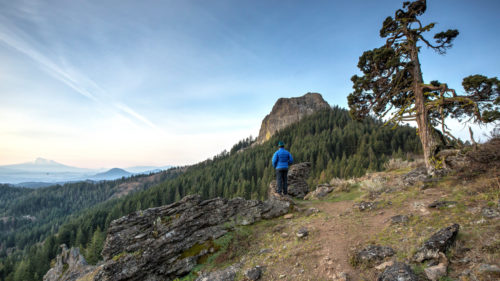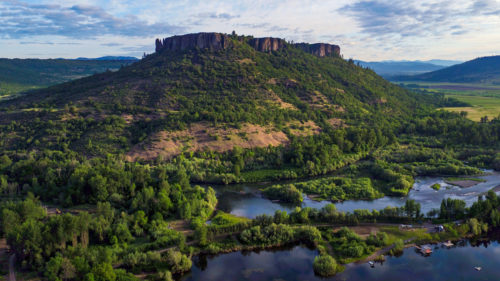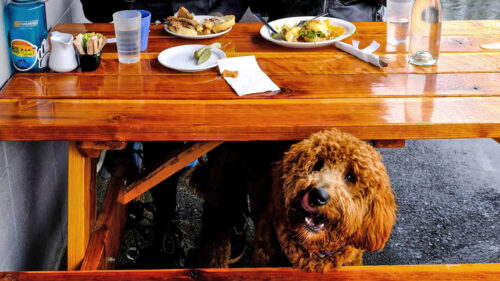In 2006 Gabe Howe and a handful of friends set out to restore the Trans-Kalmiopsis backpacking route rendered impassable by the gigantic Biscuit Fire a few years earlier. The route traversed 26 miles over sharp ridgelines and through the steep canyons of Southern Oregon’s Chetco River watershed.
The group thought it would take a year to clear the overgrown brush and fallen trees. Little did they know it would be five years before the Trans-Kalmiopsis was finally reopened. In the process, the Siskiyou Mountain Club was born.
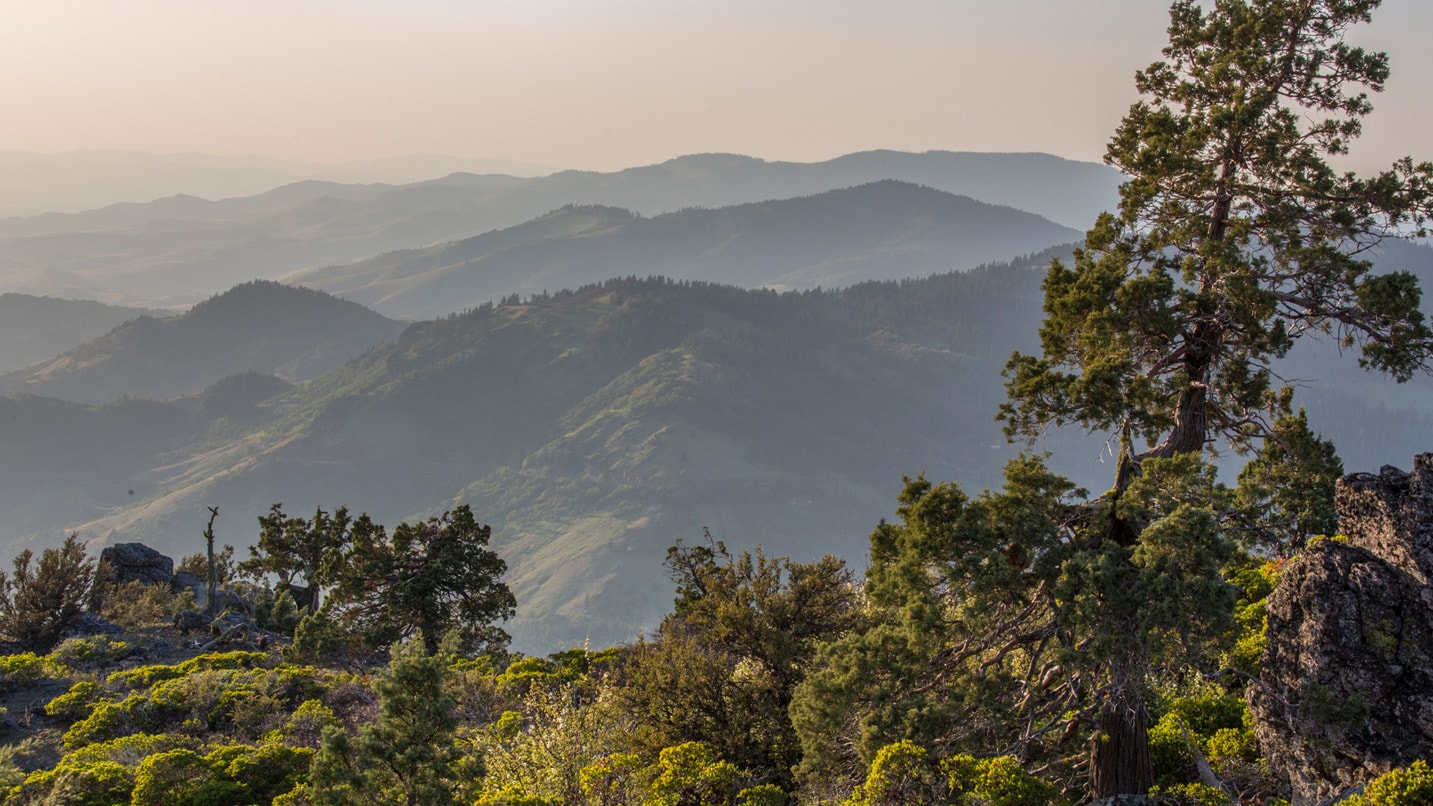
Long Live the Backwoods Trails
Started as a small group of volunteers in 2010, the Siskiyou Mountain Club works to restore, maintain, and promote primitive trails in Southern Oregon and Northern California. The organization keeps a running project list of trails that are in poor shape due to decades of neglect after widespread fire damage and ever-limited financial resources. With Gabe Howe at the helm as the organization’s executive director, the club’s team of staff, volunteers and partners work together to bring trails back to life, one section at a time.
Since the Trans-Kalmiopsis project, club members have cleared more than 400 miles across 42 trails in the Wild Rogue, Red Buttes, Siskiyou, Marble Mountain, Soda Mountain, and Sky Lakes Wildernesses — to name a few. In 2022 the club reopened the 30-mile Illinois River Trail, which is now accessible for the first time in 20 years.
The club’s work builds community in the region by coordinating stewardship projects, providing maps and information on current trail conditions, and raising funds. Once committing to a project, the organization promises to maintain the trail at least once every three years.
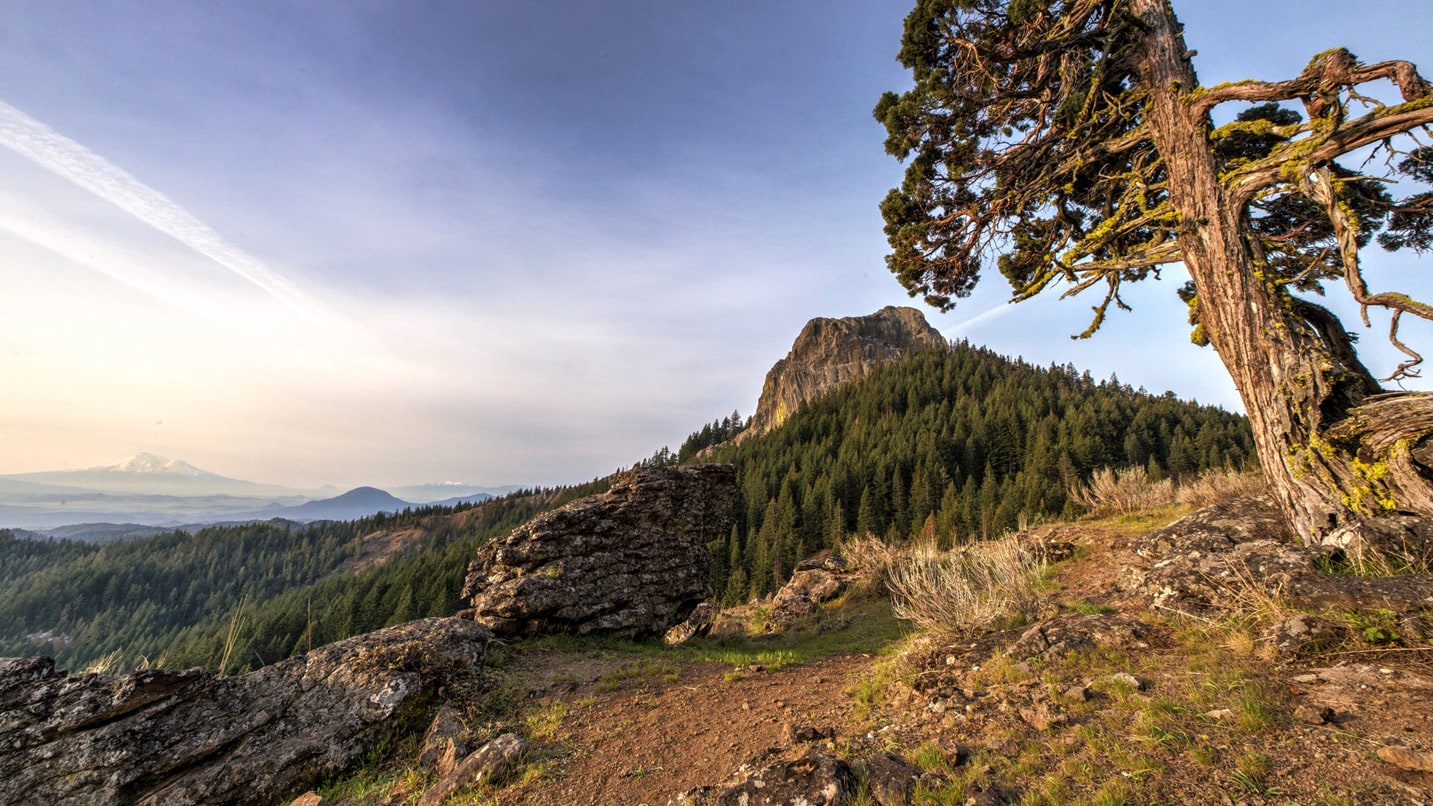
Why Saving This Landscape Is So Crucial
Backwoods trails in this region offer a glimpse — and research potential — of one of Oregon’s most beautiful and diverse landscapes. Its dramatic topography serves as an ecological borderland that connects Cascadia with the Redwood Coast and the Great Basin. Between its layered ridgelines, waterways provide habitat for salmon, steelhead and cutthroat trout.
Ancient volcanic rock mixed with granite seafloor bedrock contributes to a unique geological makeup that sustains diverse and rare plant life, like the rosy-pink kalmiopsis flower, an ancient shrub of the rhododendron family that’s one of the rarest plants in the world and the namesake of the Kalmiopsis Wilderness. Local wildlife includes the endangered Pacific fisher and northern spotted owl, as well as hundreds of bird species.
In addition to its unique ecology, the area has few roads and little human impact. To access it, you have to be willing to go on foot. “When you look at the road density and development, this area gets remote quickly,” says Howe. “I love this area most for how wild it is, and I value opportunities for solitude and unconfined adventures that it provides.”
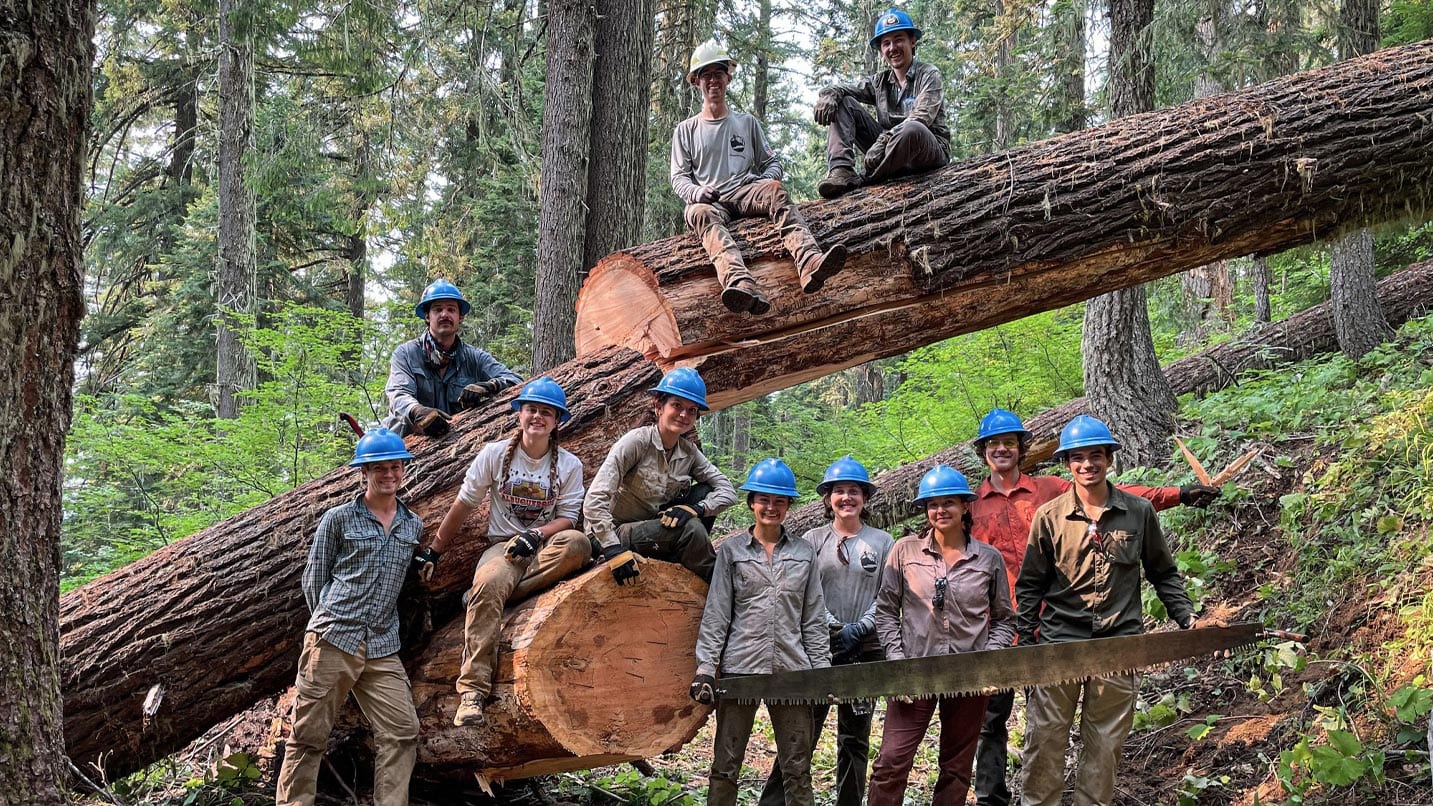
Join the Club on a Hike or Volunteer Project
Trail work with the Siskiyou Mountain Club is a unique and rewarding way to get to know the region and its communities. Consider joining a trail-work trip, offered up to seven days at a time for strong backpackers or shorter outings ranging from one to three days. Sign up for its email newsletter or join its Facebook page to be the first to know about trail-work opportunities.
You can also help the club stay up to date on conditions by submitting a trip report. Here are some places to start.
- A short 2- to 3-mile out-and-back hike to Pilot Rock starts at the Pilot Rock Trailhead, ascends the thumb-shaped pillar and offers a scramble to the tippy-top if you’re up for it.
- To hike to Alta Lake — a 7-mile jaunt — start from Seven Lakes Trailhead in the Sky Lakes Wilderness and head toward the Seven Lakes Basin. Turn north on Alta Lake Trail #979 to visit the narrow, mile-long lake formed on a fault line. September or October is a perfect time to explore the Lakes Basin without mosquitoes.
- For a 30-mile backpacking trip along the Illinois River Trail, follow the Wild & Scenic Illinois River on a challenging point-to-point trek through old-growth forest, rugged river canyons and remote ridgelines. Enjoy excellent fishing in October and November or wildflowers in May and June. Start from the western trailhead at Oak Flat or the eastern trailhead at Briggs Creek. Alternatively, skip the car shuttle and do an out-and-back from either end.
If You Go:
Southern Oregon’s backcountry trails can experience hot temperatures and wildfires from June through October. Here are some tips to prepare for the season.
- If you are visiting the area then, be sure to check conditions in advance, including Red Flag Warnings that may increase the risk of fire-related dangers and public fire restrictions.
- The Northwest Interagency Coordination Center has information on major fire incidents.
- The Air Quality Index provides real-time information about air quality across the state.
- Before visiting the delicate ecosystems that are sensitive to human impacts in Southern Oregon, refresh your knowledge of Leave No Trace principles.
